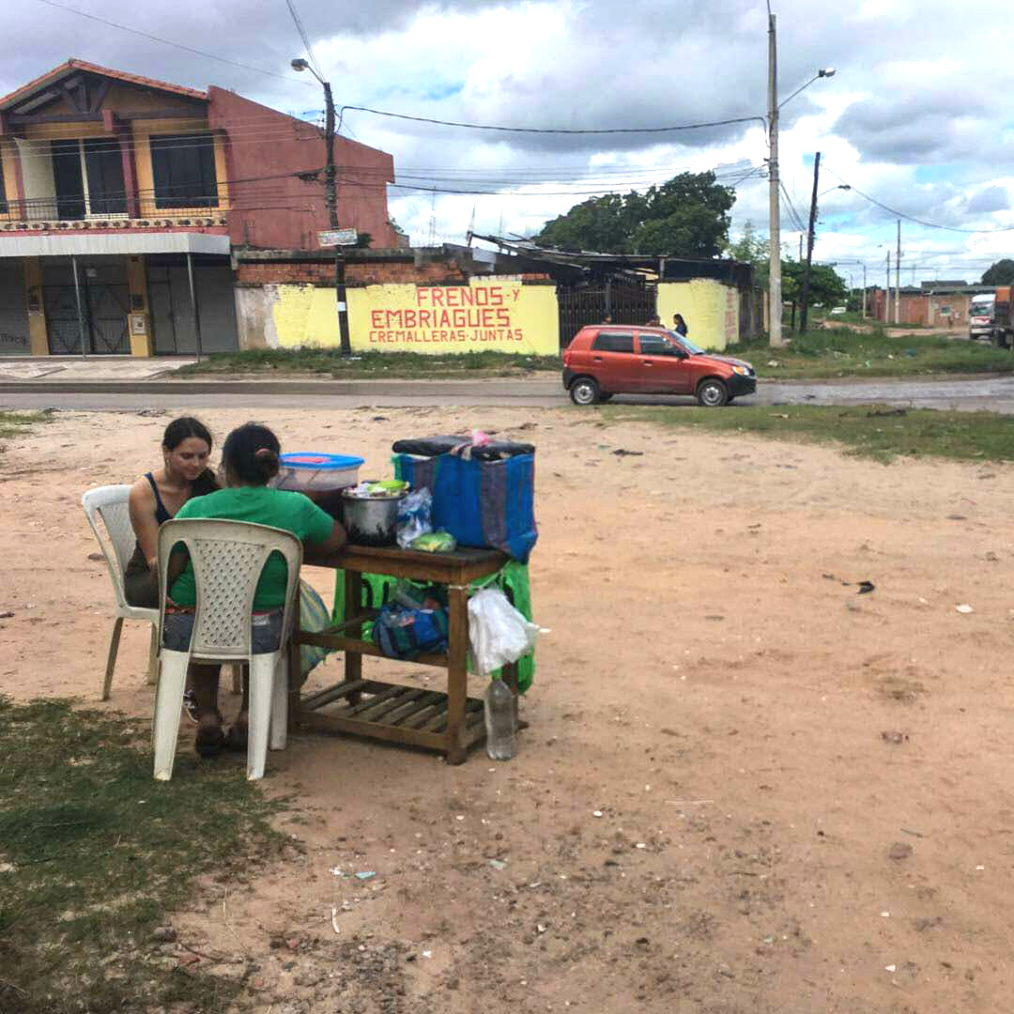
Interviewing 100 Bolivian Women:
An Experience of Cross-Cultural Research
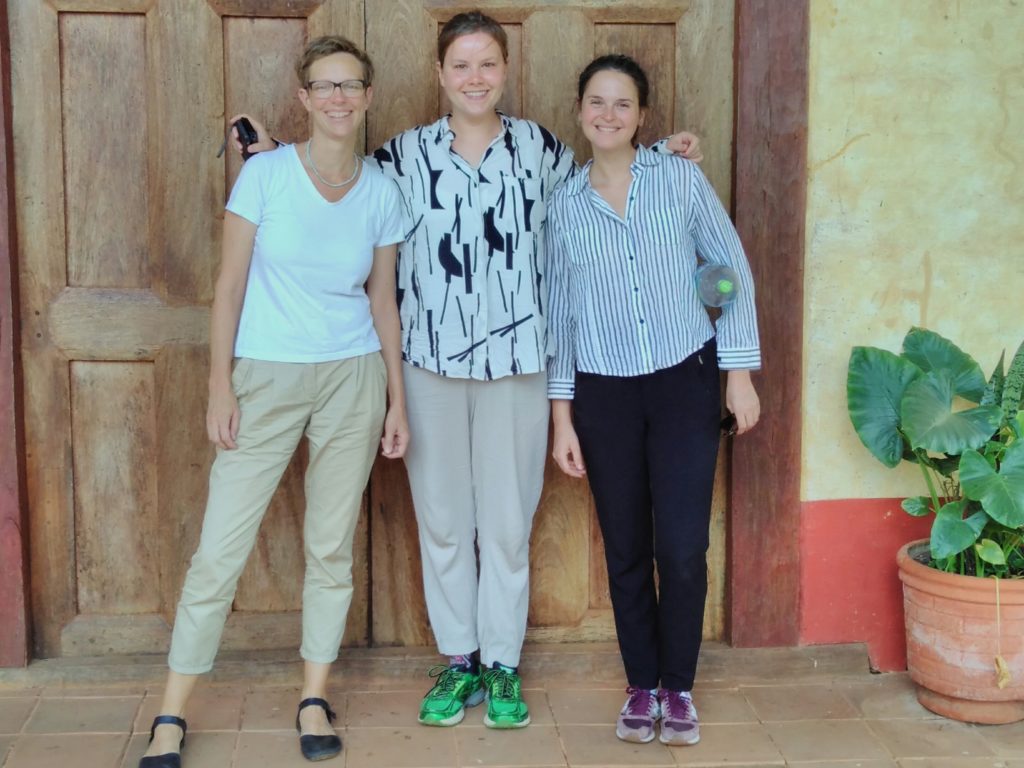 As presented in a previous Mindwise blog, Drs. Nina Hansen and Judith Daniels, psychologists from different fields, wanted to join forces for a research project on empowerment, trauma, and gender roles in a longitudinal study in Bolivia. For us, Lea and Leonie, Research Master students of Clinical Psychology and Religion and Culture, respectively, this was the perfect opportunity to leave our European cultural frame. We could do research in a South American context as well as escape the rainy November and December in Groningen.
As presented in a previous Mindwise blog, Drs. Nina Hansen and Judith Daniels, psychologists from different fields, wanted to join forces for a research project on empowerment, trauma, and gender roles in a longitudinal study in Bolivia. For us, Lea and Leonie, Research Master students of Clinical Psychology and Religion and Culture, respectively, this was the perfect opportunity to leave our European cultural frame. We could do research in a South American context as well as escape the rainy November and December in Groningen.
After preparing the study interview in Groningen, we went for two months to Santa Cruz de la Sierra, in the South East of Bolivia, joined by Dr. Daniels. What in the beginning felt like a long time period, turned out to go by quickly. Quite soon, we realized that this project in Bolivia was far more than a research internship for us: a cross-cultural adventure full of learning opportunities, the extent of which neither of us had anticipated.
“a cross-cultural adventure full of learning opportunities”
After being in Santa Cruz for only 24 hours, while still trying to get used to the different time zone, the hot and humid weather, and the Bolivian Spanish, the 3-day training of the local female interviewers started. This was followed by a one-week field trip to the rural Chiquitania region, North-East of Santa Cruz. Here, the collaborating local data institute would conduct 500 interviews of 16-to-18-year-old girls. We accompanied local interviewers to this area, which is full of beautiful nature and small towns and villages with large, impressive wooden Jesuit churches. Interestingly, this area has a long tradition of baroque music and instruments. Once, while walking with interviewers from house to house, asking around for participants, the so well-known melody of Vivaldi’s Four Seasons, played by the local youth orchestra that was practicing, eased our search under the burning sun.
Our task in the Chiquitania region was to supervise the interviewers. Specifically, we joined some interviews with a printed version of the questionnaire and noted the answers of the participants at the same time as the interviewers, who typed them onto their tablets. This allowed us to observe difficulties in the interviewing process and to give direct feedback after every session. Moreover, by comparing our coding to that of the interviewers, we could estimate interrater reliability.
“funny but also awkward moments”
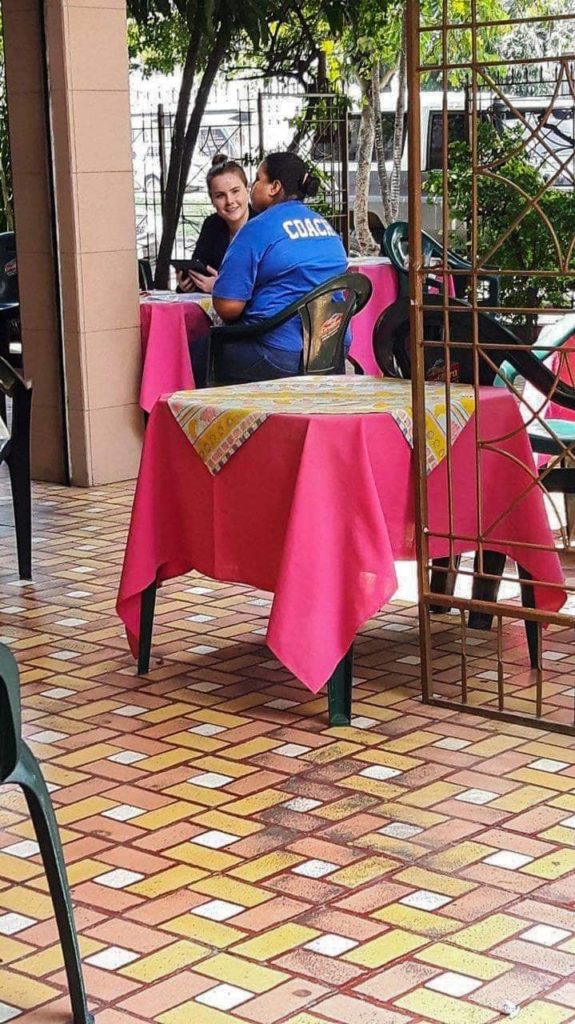
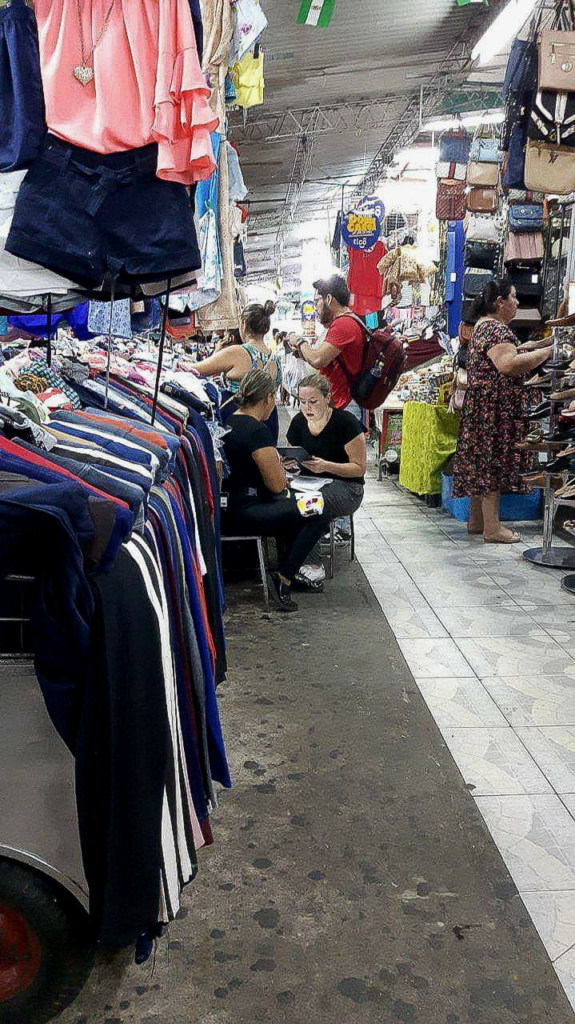 After Coming back to Santa Cruz, the largest city of Bolivia, the second phase of our research began. We had the task of conducting 100 interviews ourselves, this time with women between 28 and 30 years old. But how to find 100 Bolivian women in a city you hardly know? We walked through the streets, asking nearly every working-class woman we came across. In the beginning, we did rather poorly at guessing women’s ages. This led to some funny but also awkward moments. Luckily, we got better, also in finding good places to conduct our 45-minute interview. The market and street stands turned out to be especially useful for recruiting women, as many women of our target group worked and spent most of their time there. Also, they could directly refer us to interested acquaintances for additional interviews. Eventually, after a woman of a group had been interviewed, even previously reluctant groups became interested. Additionally, some women informed their friends about our research. This snowball system helped us a lot.
After Coming back to Santa Cruz, the largest city of Bolivia, the second phase of our research began. We had the task of conducting 100 interviews ourselves, this time with women between 28 and 30 years old. But how to find 100 Bolivian women in a city you hardly know? We walked through the streets, asking nearly every working-class woman we came across. In the beginning, we did rather poorly at guessing women’s ages. This led to some funny but also awkward moments. Luckily, we got better, also in finding good places to conduct our 45-minute interview. The market and street stands turned out to be especially useful for recruiting women, as many women of our target group worked and spent most of their time there. Also, they could directly refer us to interested acquaintances for additional interviews. Eventually, after a woman of a group had been interviewed, even previously reluctant groups became interested. Additionally, some women informed their friends about our research. This snowball system helped us a lot.
“from interested and smiling faces to immediate and direct rejection”
As an incentive we gave the women 30 Bolivianos (~€4) of call credit for their mobile phones, which, in Bolivia, can last for approximately a month. Women responded to us in various ways: from interested and smiling faces to immediate and direct rejection. And while some days passed smoothly and the interview goal was achieved easily, other days were very challenging: Women cancelled last minute, the streets seemed to be empty, or the sun burned too heavily.
As a final step, we wanted to know how the answers to our questions should be interpreted, so we invited some participants for snacks and drinks, and discussed their opinions of our interviews. For example: What does it mean, in Bolivia, to not have plastered walls, or to have fewer beds than people in one’s house – are these valid indicators of poverty? These discussions gave us valuable insights for the midway questionnaire that is planned to be administered in two years time to the same young women of the Chiquitania area.
“stories were sometimes purely sad, and sometimes intensely heartening”
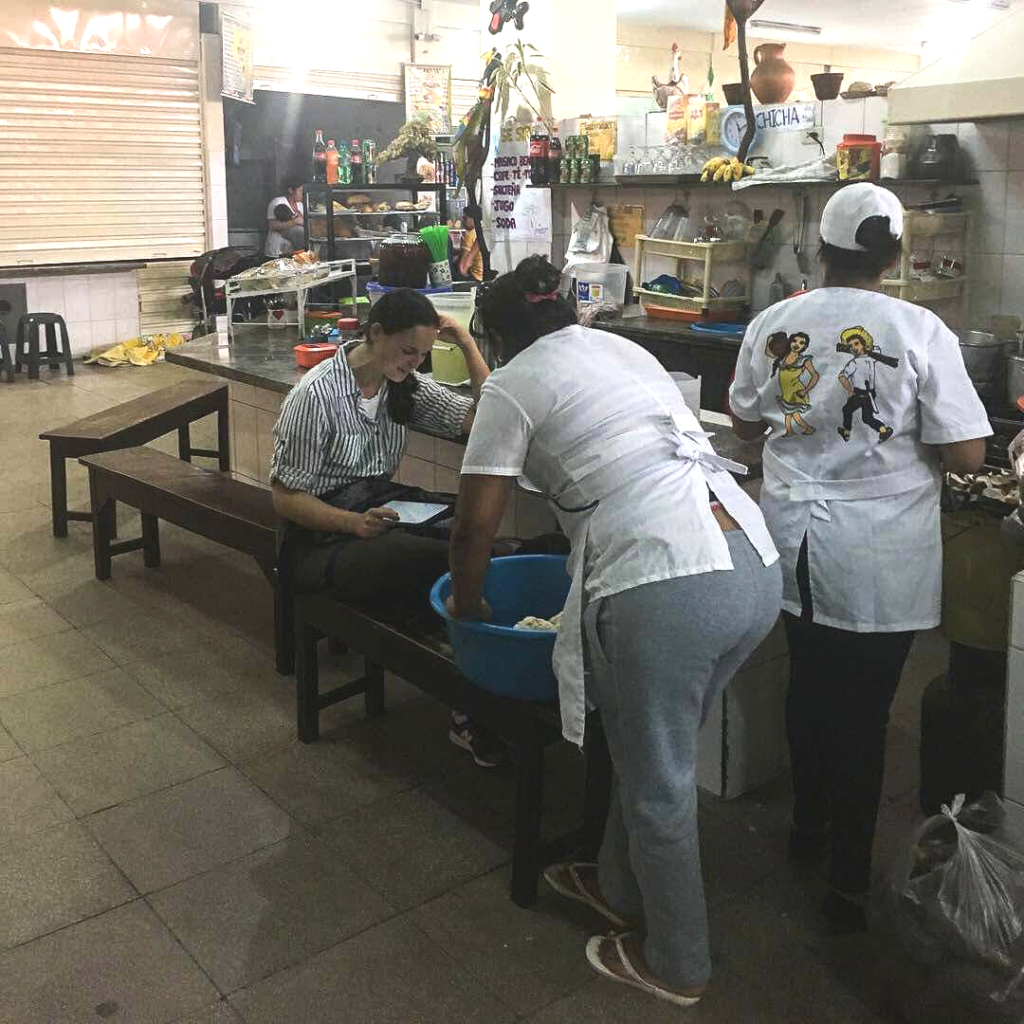
Every woman we interviewed had her own story. These stories were sometimes purely sad, and sometimes intensely heartening. We carry home a rich data set but we also have their stories. In many ways, these stories cannot be expressed in figures. We are proud that we achieved to interview 100 women in time – with sweat and tears, with ups and downs, and while listening to a lot of Christmas songs, missing the cozy days of December in Groningen after all.
References
Hansen, N., & Daniels, J. (2017) Combining social and clinical psychology to understand how trauma impacts women’s empowerment in Bolivia. Blog post last accessed on February 2, 2019.
Note. All images by Lea Seidel and Leonie Geiger.



